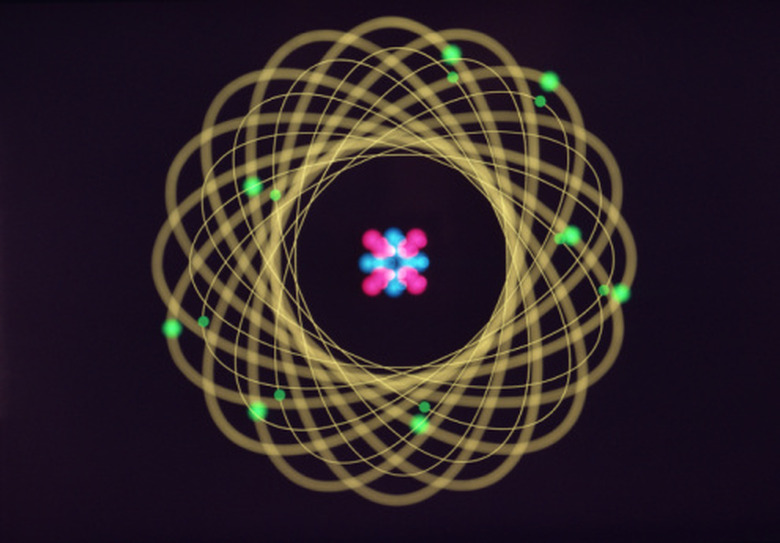How To Calculate Moles From Grams
Chemistry is full of many different confusing conversions. These conversions are important because they ultimately allow us to discover how a particular atom or molecule will interact with other atoms and molecules. Central to chemical conversions is the conversion of grams to moles, and vice versa. A mole is an abstract number that correlates to 6.02 x 10^23 units of a substance present. It doesn't matter what it is, one mole of it will be 6.02 x 10^23 units. A gram is a scientific measurement of an object's mass. Converting between the two shows us how much a molecule weighs, or how much of it is present.
Grams to Moles
Step 1
Find the number of grams of the substance. You will know from the problem how many grams and what the substance is, for example, 12 g of water.
Step 2
Find the molecular weight of each atom in the substance. The molecular weight is how much each molecule of the substance weighs and is given in grams over moles. The weight for any atom is on a periodical table under that listing of atoms.
Step 3
Find the total molecular weight of the substance. By adding up all the weights of all the atoms of the substance we get its molecular weight. For example, water contains two hydrogen atoms at 1.0079 and one oxygen atom at 15.9994. Added together, this equals 18.015 g/mol.
Step 4
Divide the mass of the substance in grams by its molecular weight. This will give you the number of moles of that substance that are in the specified mass. For 12 g of water, (25 g)/(18.015 g/mol) = 0.666 moles. When dividing by two units that both use grams in their measurement the grams cancel each other out, leaving only the moles.
Cite This Article
MLA
Stuchlik, Jason. "How To Calculate Moles From Grams" sciencing.com, https://www.sciencing.com/calculate-moles-grams-8015694/. 24 April 2017.
APA
Stuchlik, Jason. (2017, April 24). How To Calculate Moles From Grams. sciencing.com. Retrieved from https://www.sciencing.com/calculate-moles-grams-8015694/
Chicago
Stuchlik, Jason. How To Calculate Moles From Grams last modified March 24, 2022. https://www.sciencing.com/calculate-moles-grams-8015694/
